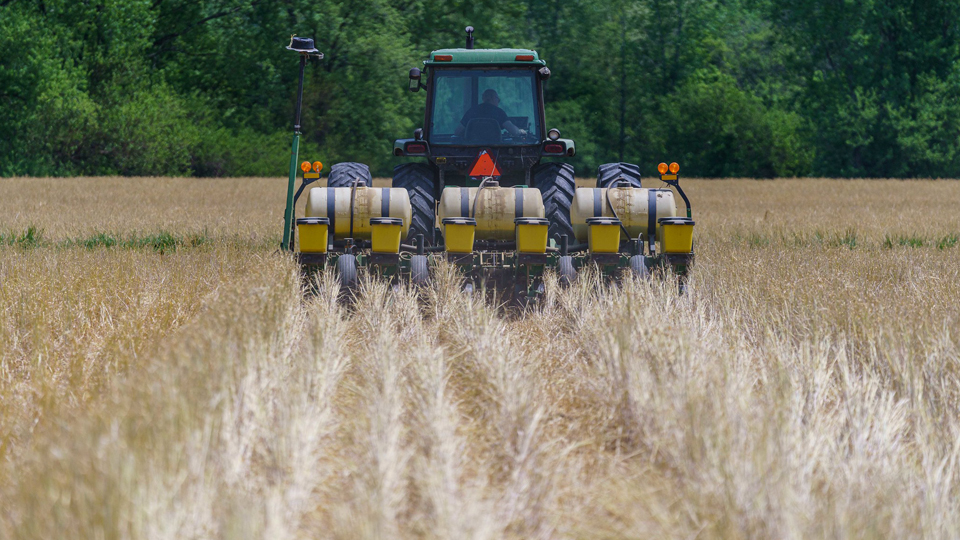State touts record conservation practices
Subscriber Benefit
As a subscriber you can listen to articles at work, in the car, or while you work out. Subscribe Now
The Indiana Conservation Partnership says landowners throughout the state installed a record 47,000 new conservation practices in 2022. As a result, the efforts helped prevent more than 1.8 million tons of sediment, 3.9 million pounds of nitrogen, and 1.9 million pounds of phosphorus from entering Hoosier waterways.
The partnership is a group of eight public and not-for-profit organizations that works to provide technical or financial assistance to Hoosier landowners to implement conservation practices that can protect the soil, water, air and other natural resources on their property.
The ICP said some of the most common conservation practices include cover crops, nutrient management, and grassed waterways.
The number of new conservation practices in Indiana last year is up from more than 15,000 in 2021, the ICP said in a new report released this week.
Among the efforts, cover crops and no-till practices implemented with the partnership’s assistance sequestered about 48,000 tons of soil organic carbon, which is equal to the carbon emissions of more than 34,000 cars.
“I know first-hand how timely, expensive and operationally challenging it can be to implement soil conservation practices on farmland. But Hoosier farmers are willing to accept the challenge and strive to make their soil more nutrient rich and healthy for years to come,” Indiana State Department of Agriculture Director Don Lamb said in a news release. “These practices are all voluntary and that is something I think farmers should be recognized for, they don’t have to do them, and they are extra work, but they are willing to do them for the betterment of the soil and our world.”
You can view the ICP’s report on the state’s 2022 accomplishments by clicking here.
The member organizations of the ICP are the Indiana Association of Soil and Water Conservation Districts, Indiana Department of Environmental Management, Indiana Department of Natural Resources, ISDA, Indiana State Soil Conservation Board, Purdue Extension, USDA-Farm Service Agency and USDA-Natural Resources Conservation Service.
